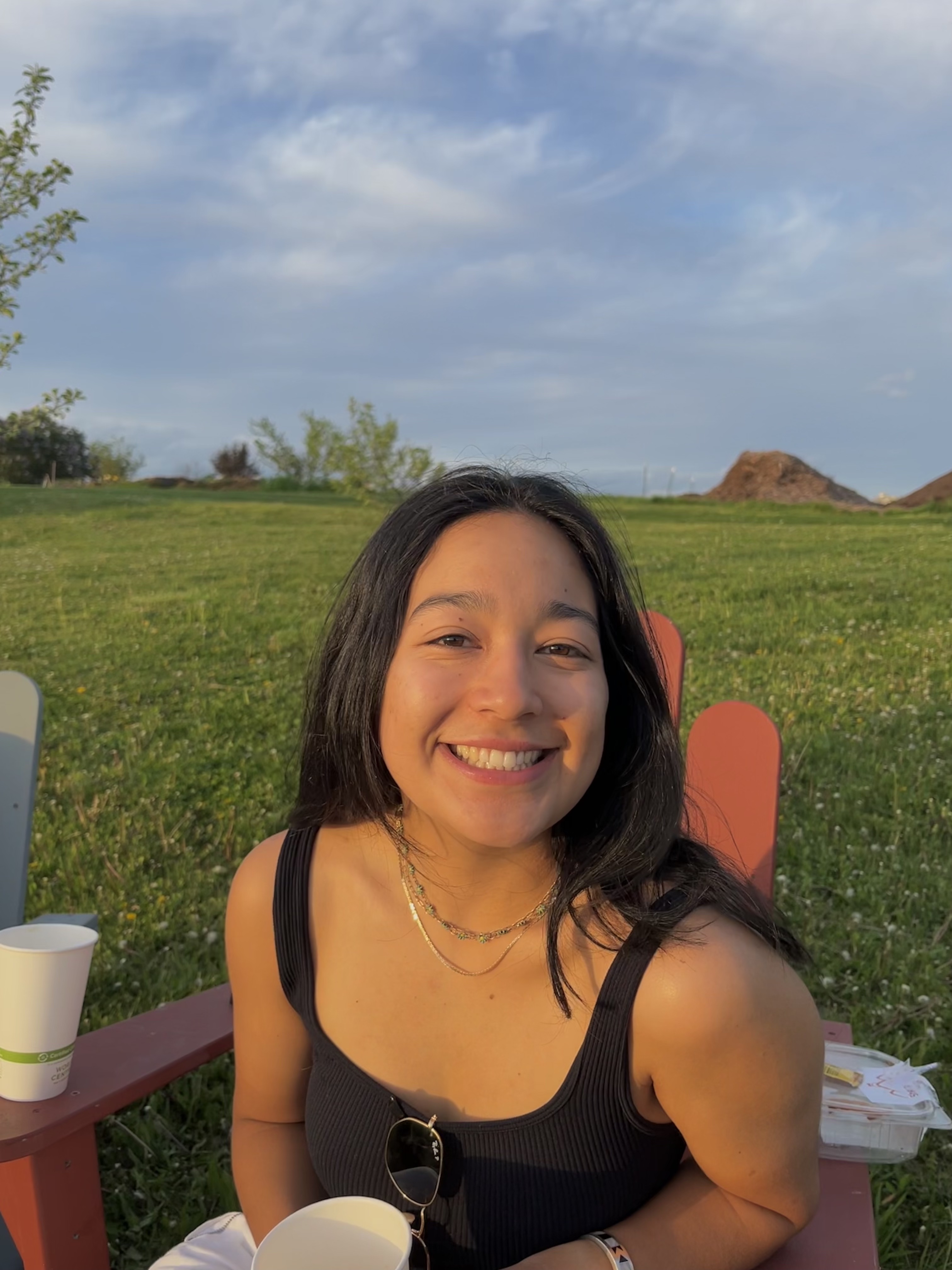Reproducible and Open GIScience
Reproducible and Open GIScience
- To what extent does open source GIS help solve the problems of the reproducibility crisis for geography? How?
-
One of the main aims of the open science movement is to help minimize the production of studies that are not reproducible. When quantity is valued over the quality of a study, or when a study is funded and published by a private corporation, there is a higher risk that the research practices are kept behind closed doors. This means that reproducing the study to verify its accuracy and structure is harder to do––if the methods are private and not easily accessible, researchers are less likely to check their results.
Open source GIS works toward a future of accessibility, thereby allowing for reproducibility. The whole idea of open source is to allow for transparency and collaboration, which can bring down the barriers preventing reproduction studies. Open source GIS prioritizes innovation and quality of studies rather than quantity, as it is not built to create ‘status’ among its users, instead attributing improvements to the community rather than a single developer. This allows for an approach that is community-driven rather than built by a single system and instills a sense of responsibility in users to communally check for bugs in code and quality of methods.
-
- Are there problems with reproducibility and replicability in geography that open source GIS cannot help solve?
-
One of the main aims of the open science movement is to help minimize the production of studies that are not reproducible. When quantity is valued over the quality of a study, or when a study is funded and published by a private corporation, there is a higher risk that the research practices are kept behind closed doors. This means that reproducing the study to verify its accuracy and structure is harder to do––if the methods are private and not easily accessible, researchers are less likely to check their results.
Open source GIS works toward a future of accessibility, thereby allowing for reproducibility. The whole idea of open source is to allow for transparency and collaboration, which can bring down the barriers preventing reproduction studies. Open source GIS prioritizes innovation and quality of studies rather than quantity, as it is not built to create ‘status’ among its users, instead attributing improvements to the community rather than a single developer. This allows for an approach that is community-driven rather than built by a single system and instills a sense of responsibility in users to communally check for bugs in code and quality of methods.
-
